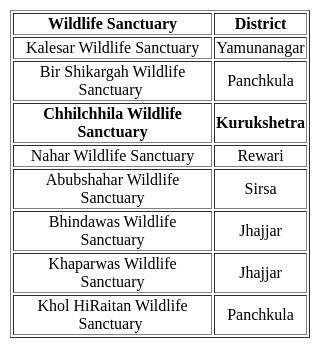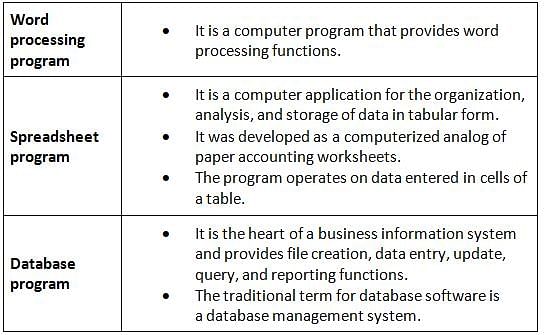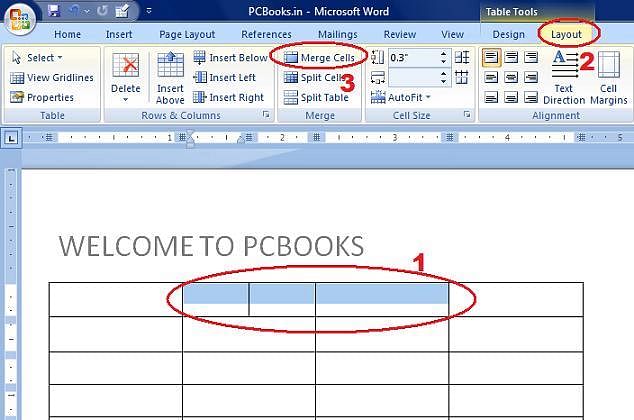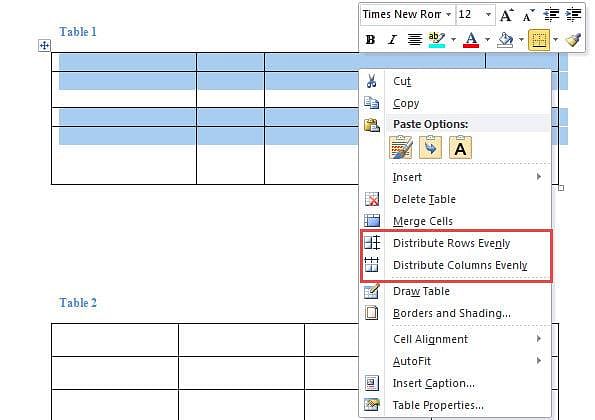NVS Stenographer Mock Test - 4 - NVS TGT/PGT MCQ
30 Questions MCQ Test NVS Stenographer Mock Test Series 2025 - NVS Stenographer Mock Test - 4
| 1 Crore+ students have signed up on EduRev. Have you? Download the App |
Fill in the blanks with the correct preposition.
There are apple trees ____ the house.
Improve the bracketed part of the sentence with the parts given below.
Q. He (turned over a new leaf) after serving his remaining prison sentence
Mataberi Pera & Pachra, recently got a GI tag, belongs to which state?
Workers in the______________ sector do not produce goods.
What was the function of officer known as Gopa during the reign of Chandragupta Maurya?
Which of these is not allowed under the Culture and Educational Right in India?
Which company's rocket was used to launch the TSAT-1A satellite?
According to the Organisation for Economic Co-operation and Development (OECD), which country emerges as the foremost aid provider in 2022?
Which of the following is not a feature of a MultiNational Company?
Vajrayana Buddhism
1. includes various Buddhist traditions of Tantra
2. developed parallelly with Mahayana Buddhism in India
3. according to Vajrayana scriptures, it is the only vehicle to enlightenment among the three schools of Buddhism
Select the correct answer using the codes below.
In case of relatively more elastic, demand curve is:
Which of the following statements are correct about upsurges during the INA Trials
1. These upsurges were like direct and violent contact with authority
2. The General INA agitation was confined to a few urban centres, but these upsurges were spread to remotest villages
3. Only the more militant section could participate
Choose from the following options.
Which of the following is an activity related to the unorganized sector?
Basket weaving, pottery and other handicrafts are all examples of
In MS-Word, which of the following options allows you to combine (or combine) two or more cells in a table?
Which shortcut key is used for small-cap in MS Word?
What is the term used when you press and hold the left mouse key and move the mouse around the slide?
A direct method of deadlock prevention is to prevent the occurrence of ______.
While designing output report, it is important to keep the following in mind:
(i) volume of output
(ii) potential users
(iii) current users
(iv) periodicity of output
Inter process communication can be done through ______.





















